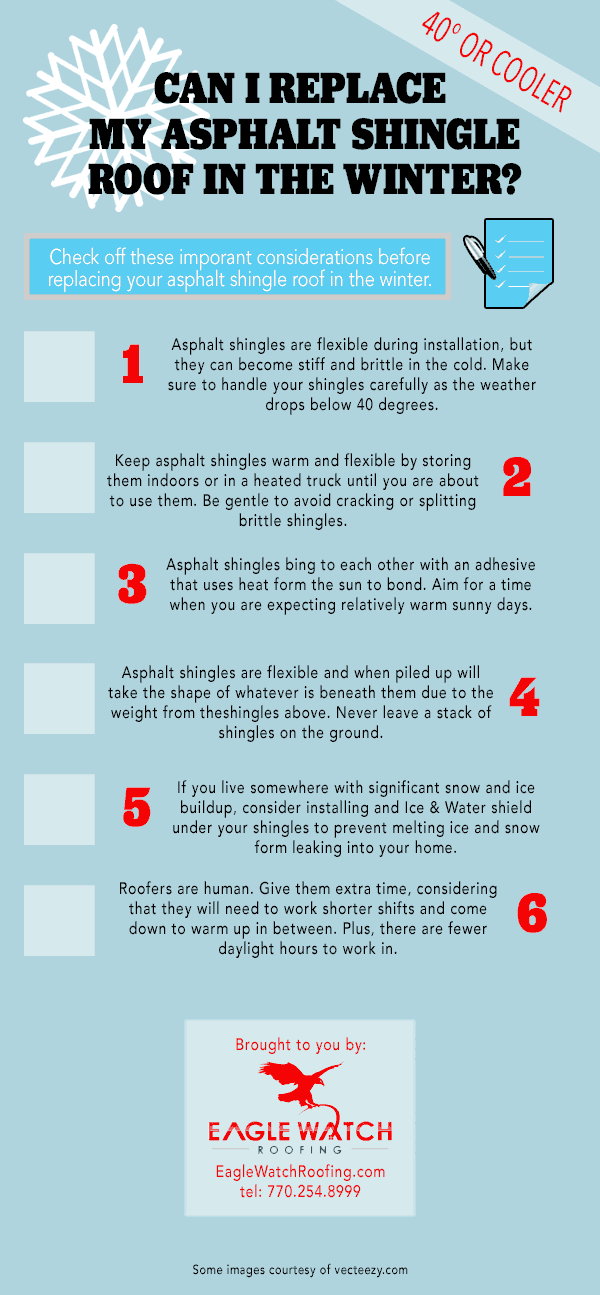When it involves the price of roof covering installation, you might be surprised by the multitude of factors that can influence the final costs. From https://gregorypkeys.blog-mall.com/31764702/dodge-pricey-blunders-selecting-the-appropriate-roof-expert and pitch of your roofing system to the materials chosen, each decision plays a role in figuring out the general costs. But that's just the beginning. There are other vital aspects that can considerably persuade the last cost. Recognizing these nuances will certainly give you a more clear photo of what to expect when starting a roofing installment task.
Variables Affecting Roof Installation Expenses
When establishing the expense of roof installation, several crucial factors enter play. Firstly, the dimension and pitch of your roofing system significantly affect the total expense. A bigger roofing system with a steeper pitch will certainly require even more products and labor, hence increasing the expenditures.
Secondly, the kind of roof covering product you choose is a crucial aspect. Products like asphalt roof shingles are extra affordable, while costs alternatives like steel or slate can be significantly much more pricey.
Additionally, the condition of your existing roof and any kind of essential repair work or primary work can influence the final expense. If there's extensive damage or structural concerns that need attending to, it will add to the total price.
In addition, your location can also impact the price, as labor rates and product prices can differ depending on where you're located. By taking into consideration these variables, you can better approximate the cost of your roofing system installment and strategy your budget plan as necessary.
Typical Cost Break Down by Material
Considering the typical price failure by product is important when planning for your roofing system setup project. The material you pick for your roofing dramatically affects the overall price. On average, asphalt roof shingles are the most usual and economical option, varying from $1.50 to $5.50 per square foot.
If you go with metal roof, anticipate to pay between $5.00 to $12.00 per square foot, making it a more long lasting yet pricier choice. Timber tiles can cost anywhere from $6.50 to $11.00 per square foot, providing an all-natural and aesthetically pleasing appearance.
For those thinking about a costs alternative, slate roof covering can range from $10.00 to $75.00 per square foot due to its beauty and longevity. Finally, clay tiles are a preferred choice, valued between $10.00 to $18.00 per square foot, understood for their longevity and distinctive look.
Comprehending these ordinary expenses by material will certainly help you make an informed decision based upon your spending plan and preferred looks.
Additional Expenses to Take Into Consideration
To make certain an extensive understanding of the total costs entailed, it is necessary to consider extra expenses when preparing for your roof covering installation task. Beyond the raw materials and labor prices, there are a number of other costs that you should take into consideration.
One substantial extra price is the elimination and disposal of your old roof. Depending on the material and size of your existing roofing system, this process can add to the general price of the installation.
An additional cost to keep in mind is the possible architectural fixings that may be required before the new roofing can be mounted. Issues such as damaged decking or rotten trusses can escalate the project's expense.
In addition, if your roofing system requires any kind of special devices like cranes or scaffolding for access, these rental expenses must be factored in too.
Finally, do not forget about permits and inspections, which are important for ensuring that your new roof covering satisfies building ordinance and guidelines.
Verdict
So there you have it - when planning for a roof installment, make sure to take into consideration the size, pitch, sort of product, and place of your roofing system.
Do not forget visit the website like removing the old roof, fixings, devices leasing, and permits.
By taking all these factors right into account, you can better approximate and allocate a successful roofing installation project.
